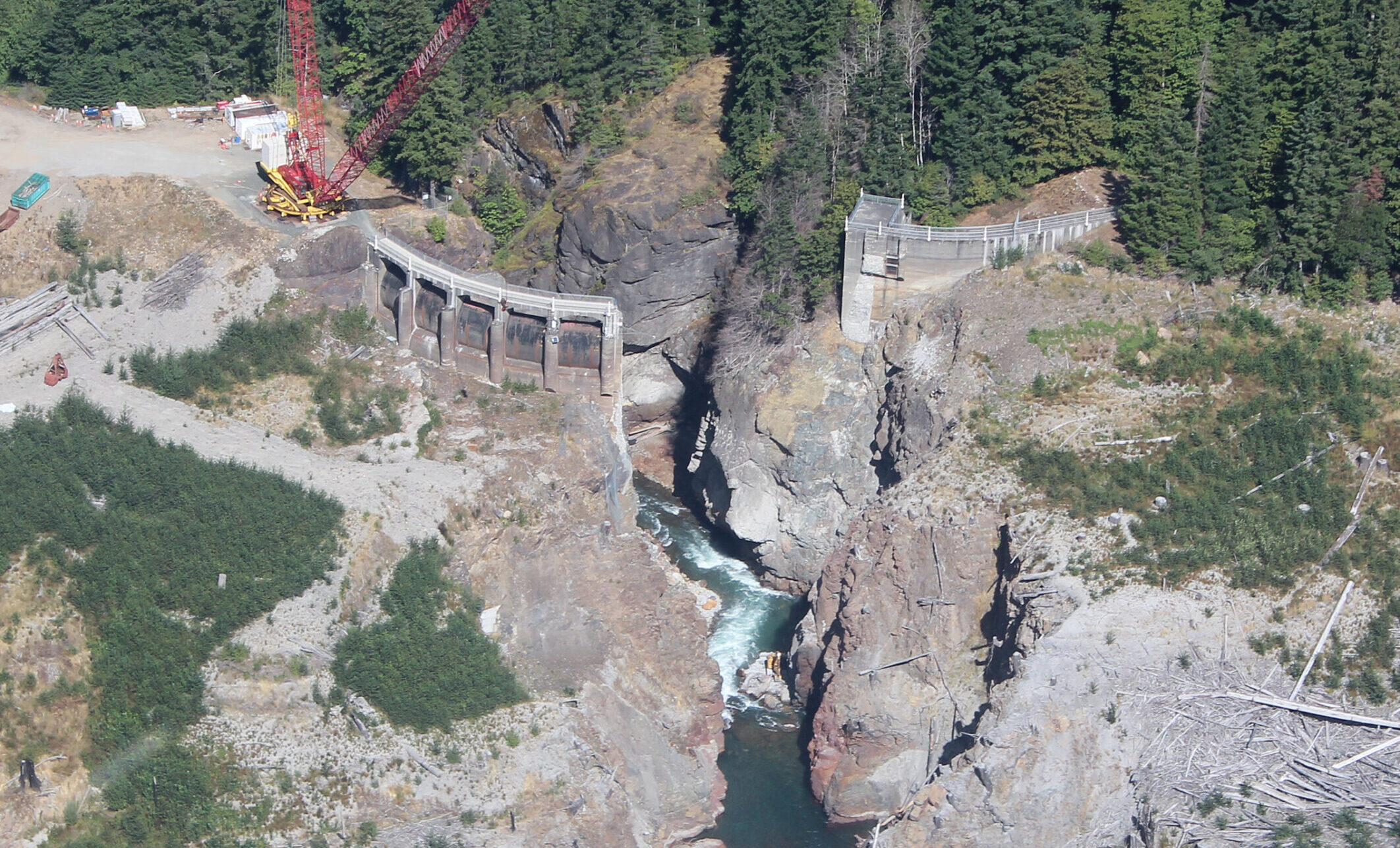Through the analysis of over 650 dam removal projects over 55 years in the United States, scientists developed databases and a tool that helps predict dam removal costs
Scientists from the USGS, Oregon State University, the Bureau of Reclamation, U.S. Army Corps of Engineers, and the University of Georgia, analysed more than 650 dam removal projects over 55 years in the United States. The main outcome was a tool that helps to better estimate the cost of future dam removals.
The results of this study were shown in a paper published in Frontiers in Ecology and Evolution, earlier this summer. The paper is part of a larger collection on the topic of “Large-Scale Dam Removal and Ecosystem Restoration” which expects to have over 20 papers when complete.
According to Jeffrey Duda, Research Ecologist with the U.S. Geological Survey’s Western Fisheries Research Center and one of the paper’s authors, the goal of this collection is to “showcase diverse global projects on ecosystem responses to large dam removal; collect perspectives from different disciplines, fields, and geographies; and synthesize the current state of knowledge in this area”.
This paper, entitled “Patterns, drivers, and a predictive model of dam removal cost in the United States” describes two databases that document dam removal cost. One with 668 removed dams, their total cost, and the presence of three dam removal cost driver categories (deconstruction, mitigation, and restoration). And another that has detailed cost breakdowns for 15 dam removals. Regional trends are highlighted as well as a cost model that describes the main drivers of dam removal cost.
© Jeffrey Duda
The conclusion – spoiler alert! – is that there is “a pressing need to improve the volume and quality of empirical dam removal cost data to better inform dam removal planning. Given the large number of dams in the world and their finite lifespan, there is a strong likelihood that the practice of dam removal will continue”. Good news for river practitioners all over the US, but also in Europe, where over 150.000 dams are obsolete.
Aside from the study, co-authors at UGA and the COE created a “Dam Removal Cost Estimator” R Shiny app, which allows users to explore dam removal costs based on parameters such as dam height, stream characteristics (discharge and watershed area) and project complexity.





Join the discussion One Comment